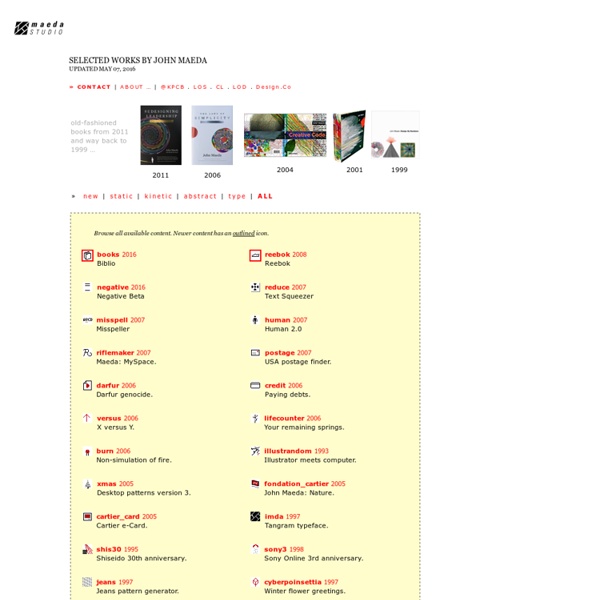



Internet Archaeology Syntactic Theory of Visual Communication Paul Martin Lester, Ph.D. Professor Department of Communications California State University at Fullerton Fullerton, California 92634 VOX: 657/278-4604 FAX: 657/278-2209 VAX: lester@fullerton.edu (c) 2006 There can be no words without images. Archeologists in the year 3706 uncovering the buried ruins of any major city in the world will no doubt find text on billboards, storefronts, traffic signs, and so on in the languages we know and use today. Before we are four years old, most of us have learned The Alphabet Song. Before children learn to read and write, they do not know the difference between a line drawing and a letter. Early on however, we are taught to make distinctions between words and pictures and to not think of them in the same way. In the Disney classic, Beauty and the Beast, the macho Gaston satirizes Belle's reading habits. There are strong indications that the status of images is improving. A brave new (visual) world The syntax of symbols I delight in photographs.
Benjamin Gaulon aka RECYCLISM™ :: Hardware Hacking / Recycling ... Design History Mashup Create Digital Music » Thought and Performance, Live Coding Music, Explained to Anyone – Really Algorithms are Thoughts, Chainsaws are Tools from Stephen Ramsay on Vimeo. In an extended video that begins with Radio City’s Rockettes and kettle drum players, Stephen Ramsay explains a litany of technology’s most elusive topics, in terms anyone could understand — no, really. I dare you to ask anyone to watch a few clips of this video, regardless of whether they’re regular readers of this site. I love the title: “Algorithms are Thoughts, Chainsaws are Tools.” I doubt very seriously that live coding is the right performance medium for all computer musicians. That should be a revelation about other computer music performance instruments, even the MPC. The live-coding composer in question is Andrew Sorensen, who has live-coded an orchestra and does, indeed, also use samplers in the tradition of Akai. If you’re messing with code at all, even just to make an occasional bleep in Csound or picture in Processing, it’s worth watching Stephen’s videos. Thanks to Philip Age for the tip.
Thoughts Open-Source Curricula Open-sourced curricula from the MBA in Design Strategy program are now located here . Articles (also in Italian ) The following are articles from column in , The Architect: , December 1998 , November 1998 , October 1998 , July 1998 Business Models for a Post-Consumer World (PDF: From AIGA Pivot confernece and GreenBiz Innovation Forum) Experience Workbook (PDF: updates to the Experience and Meaning Templates) (video) Science Fiction interfaces talk (PDF) (podcast) (video) (video) {*style:<b>InnoFuture presentation (PDF) • Experience Template • Meaning Template </b>*} {*style:<b>New Methods for Experience Design (Boston and Stockholm workshops) </b>*} My aim in my career is to understand the mechanics of communication on a deeper level. Information I believe that the Information Age is just now starting and that we have been in the Age of Data. To me, interface design is the combination of three disciplines: information design, interaction design, and sensorial design. </b>*}
Ergonomie web et logiciel, architecture de l'information, utilisabilité sites Internet – Ergolab Ancient Sanskrit Online: Lesson 10 The world of the poets of the Rigveda was governed by laws of Newtonian orderliness, represented by a group of abstract nouns of complex meaning. One of these, vratá 'holy law, divine commandment', was described in the introduction to Lesson 7. Of similar complexity are dhā́man 'foundation, just law, precept', related to Greek θέμις and English doom, and dhárman 'support, fixed order', both of which are found in the Lesson 10 text, together with r̥tá (see below), a word which is repeated in the last two verses, joining them together into one grammatical sentence. Reading and Textual Analysis The lesson text is verses 10-20 of an Archaic poem, VIII, 27 (647) which, like the Lesson 4 text, is in the alternating lyric br̥hatī/satobr̥hatī metre. ásti hí vaḥ sajātíyaṃ riśādaso dévāso ásti ā́piyam prá naḥ pū́rvasmai suvitā́ya vocata makṣū́ sumnā́ya návyase idā́ hí va úpastutim idā́ vāmásya bhaktáye úpa vo viśvavedaso namasyúr ā́m̐ ásr̥kṣi ániyām iva
Aux origines de l'interface des Windows Phone 7 Creative Director chez Microsoft, Mike Kruzeniski détaille sur son blog les origines de Metro, l'interface originale des Windows Phone 7. Dans un billet intitulé "Des Transports jusqu'aux pixels“ il raconte que l'équipe de design des Windows Phone appuya sur le bouton reset lorsqu'elle se rendit compte il y a deux ans que les choix retenus pour Windows Mobile n'étaient plus tenables. Ils sont alors inspirés de ce qu'ils considéraient comme des exemples réussis en design, des réalisations de Josef Müller-Brockmann, Massimo Vignelli ou Experimental Jetset, avec à leur compte des choses comme la signalétique du métro New Yorkais ou la marque American Airlines. L'interface du Zune, de la Xbox et du Windows Media Center avaient bénéficié des mêmes influences. Cinq règles ont été définies pour donner un visage et définir le fonctionnement des futurs Windows Phones. - supprimer de l'interface tout ce qui peut paraître inutile, tant visuellement que fonctionnellement.